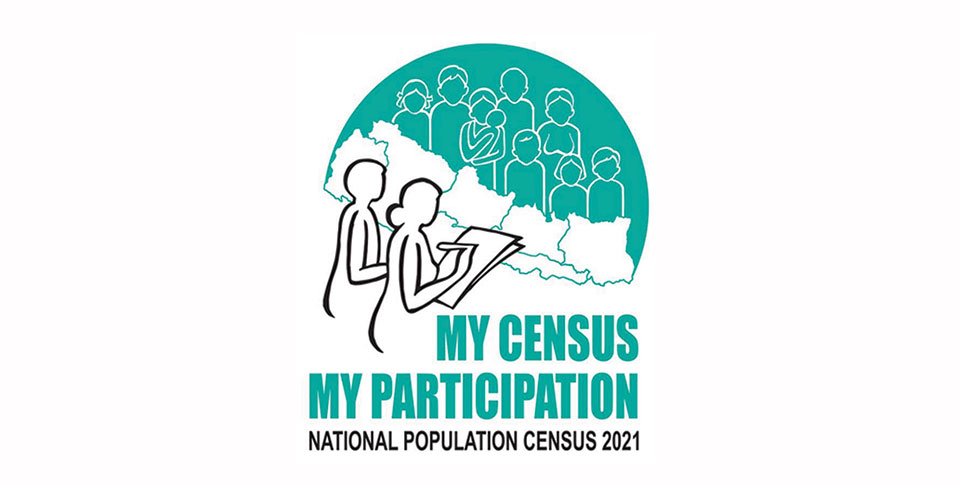KATHMANDU: The implementation of women’s right to property has pursued a progressive path with the increment of their ownership of family properties. Women’s access to family properties has increased if the national census, 2078 says anything.
According to the census, 23.8 percent households have had their land and house in women’s name, a 1.1 percent surge as compared to the census, 2068 BS.
There are the total six million six lakh 66 thousand and 937 households in the country.
Similarly, the number of residential houses stands at six million six lakh 60 thousand and 841. Of them, 31.55 percent households are run by women, a 5.82 percent increment as opposed to the previous census.
Out of the total 29 million, one lakh 64 thousand and 578 population, female’s makes up 14 million nine lakh 11 thousand and 27. Likewise, the number of male is 14 million two lakh 53 thousand and 551. The previous census said the total population of the country stood at 26 million four lakh 94 thousand and 504.
Population density in mountains, hills declining
As per the census, population density in mountains and hilly areas has decreased over the period of last 10 years. When it is 460 persons per square kilometer in the Terai, it is 34 per square kilometer in the Mountains. This is just 3 per square kilometer in Manang and 5,169 in the Kathmandu Valley.
According to the census data, Kathamandu district has the highest number of population across the country as the population here is counted at 2,041,587 while 5,658 people mostly reside in Manang.
In terms of distribution of population by districts, Morang, Rupandehi, Jhapa and Sunsari are among those district facing an increased pressure of the population.
Similarly, Mustang, Dolpa and Rasuwa have a less number of population.
The Terai region’s population is 53.61 percent, out of the total population, as 15,634,006 people reside in the Terai and this figure is 40. 31 percent or 11,757,624 in the hills. The mountain region reports the residency of 6.08 percent or 1,772,948 people.
Until ten years ago, the Terai’s population was 50.27 percent of the total population followed by 43.01 percent in hills and 6.73 percent in the mountains.
The data shows that 68 percent of the population have not gone through internal migration: one local level to another while 10.8 percent of the total population have observed it.
Similarly 18.2 percent population have migrated from one district to another while 3.1 percent population have migrated aboard. The number of migrated population as a whole is 9341,408.
Employment opportunities, trade-business, study, training, dependency, natural disasters and agriculture have been cited as the major cases of migrations.
Reliance on traditional fuel continues
Although the government has emphasized development and promotion of clean energy, a large section of population of the country still relies on traditional means of cooking fuel.
A total of 51 per cent of the households in the country said that they still use firewood in the kitchen while those using LPG gas cylinders stand at 44.3 per cent.
Similarly, those employing induction stove to prepare food remain at 0.5 while those using traditional cow dung dry patties is 1.2 per cent using biogas. Likewise, 0.5 per cent of population still uses kerosene and 0.1 use other fuels.
Ten years ago, 64 per cent of the household used firewood in kitchen to prepare food. It is evident that reliance of traditional fuel has decreased to some extent over the decade but the number of household relying on traditional energy for cooking is still more than half of the population.
Strides in electrification
Government’s vision to expand electricity in all households is almost close to realization. A total of 92.2 per cent households are under the ambit of electricity as per the census 2021. Households using solar energy stand at 6.6 per cent at present.
Only 67.3 per cent population had access to electricity 10 years ago.
Going by this statistic, 98.8 per cent of the population had access to clean energy while those using kerosene and other fuel remain below 1 per cent.









Comment